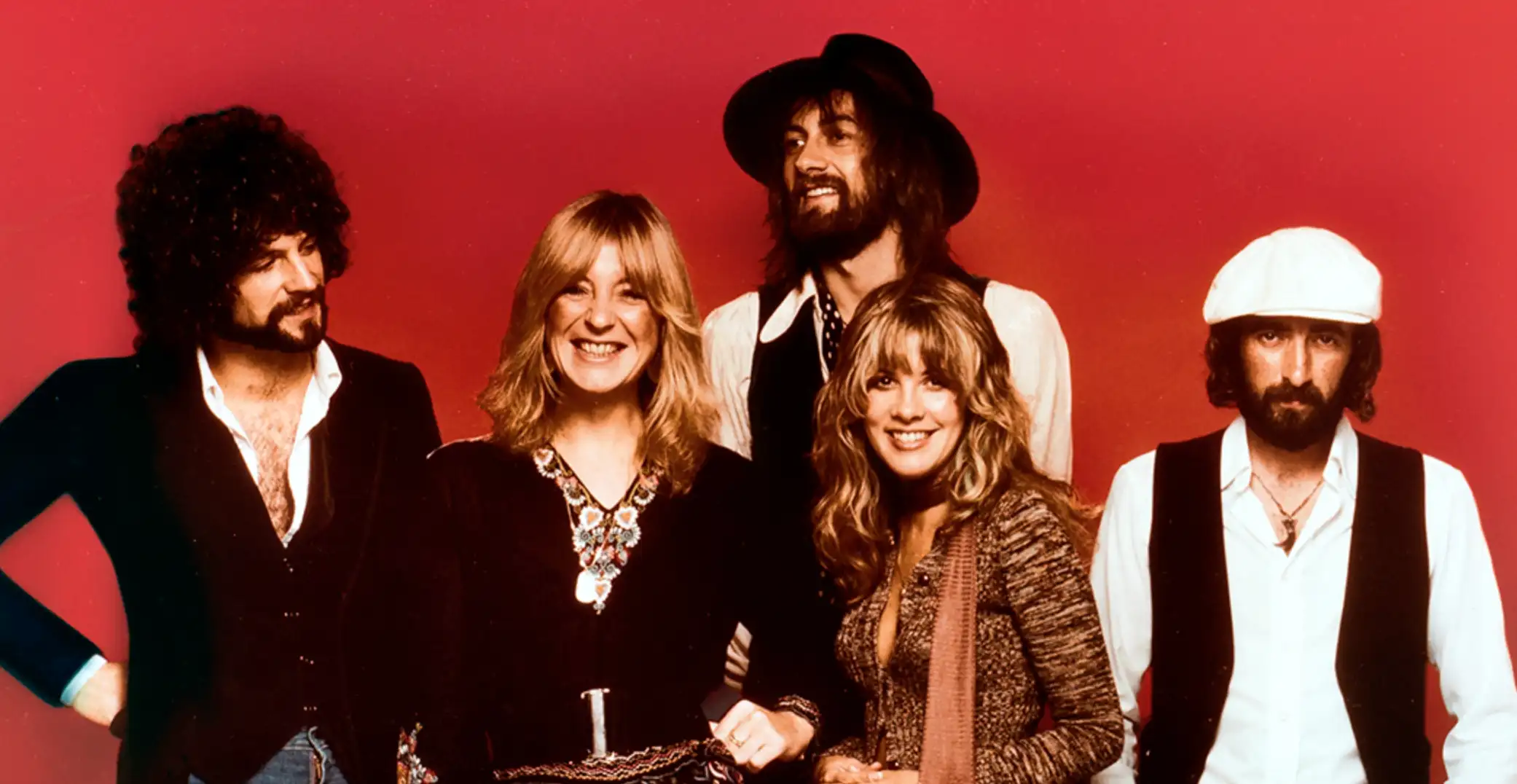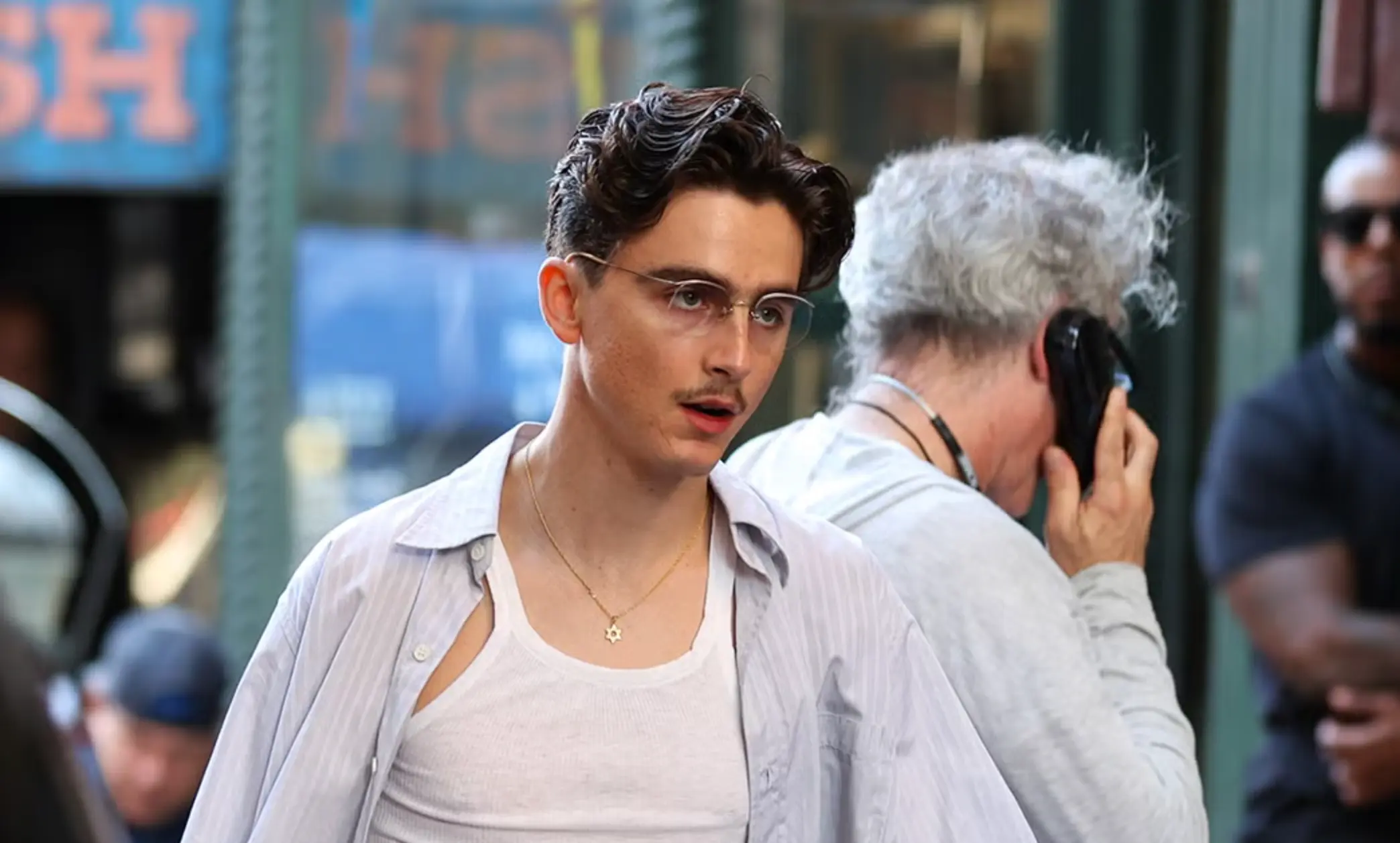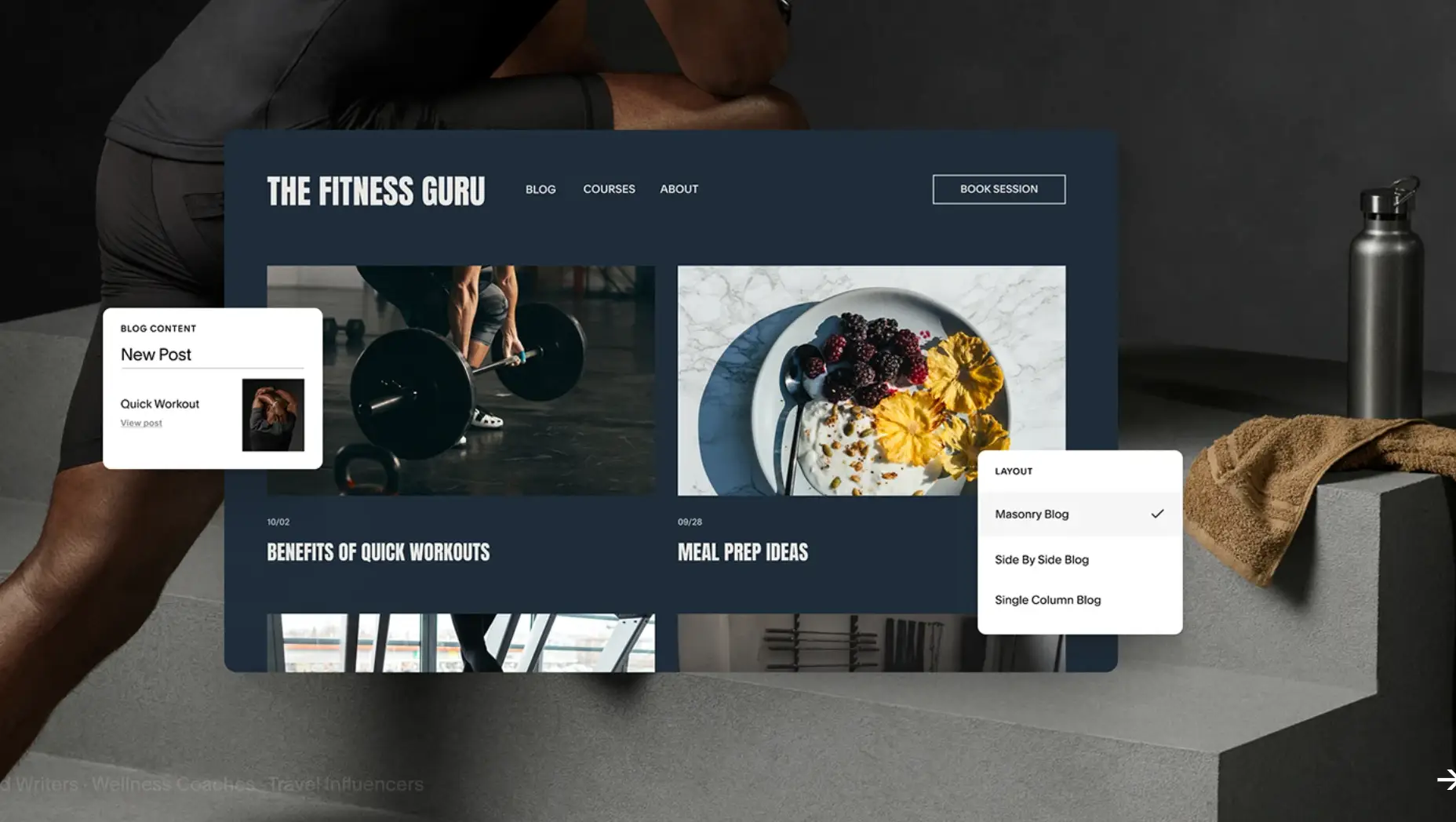The Marketing Strategy of Harley-Davidson: How Community Fuels the Machine
Updated on
Published on

Harley-Davidson doesn’t just sell motorcycles—it sells membership in a tribe. The marketing strategy of Harley-Davidson fuses a 120-year Harley-Davidson brand story with formal owner communities, premium retail theater, unmistakable sensorials (look + sound), and a product ladder that lets riders personalize identity as much as machines. What keeps the Harley-Davidson rise durable is that each element is institutionalized in official programs—H.O.G. chapters, Riding Academy, dealer events, anniversaries, certified pre-owned—so the brand’s promise is experienced in the showroom, on the road, and online, not only in ads.
At a glance — how the engine of demand runs
- A mythic brand story anchored in American craftsmanship and freedom.
- Community building at global scale via H.O.G.
- Signature design/sound + factory customization that make each bike “yours.”
- Premium retail, learn-to-ride pathways, and demos that reduce first-bike friction.
- Lifestyle ecosystem—gear, licensing, rallies—that extends the ride year-round.
1) Brand story: American grit, mechanical soul
Harley’s origin tale—four friends in a Milwaukee shed building a motor-bicycle in 1903—has been polished into a durable narrative about freedom, craft, and the open road. That Harley-Davidson brand story is reinforced in official timelines, museum exhibits, and every bar-and-shield badge, so the identity is read instantly in metal, leather, and sound rather than explained in copy. The marketing choice is consistent: less horsepower bravado, more “who you become when you ride,” which gives the brand permission to speak to self-expression and community across ages and markets (Harley-Davidson).
- Positioning: independence and belonging (two ideas that sound opposite—but meet on the open road).
- Creative cue: let bike silhouette, textures, and road narrative lead; specs support the feeling.

2) The rise, fall, and revival: quality + scarcity
The Harley-Davidson rise surged post-WWII as heavy cruisers embodied aspiration, then faltered during the AMF era as quality and distinctiveness slipped. The 1981 management buyback and subsequent decades re-centered quality, tightened distribution, and re-introduced scarcity via order books, limited editions, and anniversaries—turning “waiting for your Harley” into social proof. Scarcity here isn’t a stunt; it’s a brand promise that ownership holds meaning and residual value, echoed in anniversary programs and curated model drops that focus desire rather than dilute it (Harley-Davidson, 120th Anniversary).
- Growth rule: protect mystique; prioritize loyalty, margins, and residuals over sheer units.
- Cadence: tease → reveal → dealer nights → owner preview → numbered/anniversary editions.
3) Segmentation by lifestyle (not just age or income)
The marketing strategy of Harley-Davidson targets rider mindsets—heritage purists, long-haul tourers, custom culture builders, and urban newcomers—and merchandises the experience accordingly. That’s why the line is organized by purpose (Grand American Touring, Cruiser, Adventure Touring, Sport): each family cues a lifestyle, a riding stance, and a build path. Psychographic focus lets Harley widen the invite without flattening the myth, because every message is filtered through “does this still feel Harley?” (Motorcycle Families).
- On-ramps: Riding Academy + urban-friendly models + financing lower first-bike friction.
- Retention: parts, service, and upgrades turn first owners into lifelong builders (Genuine P&A).
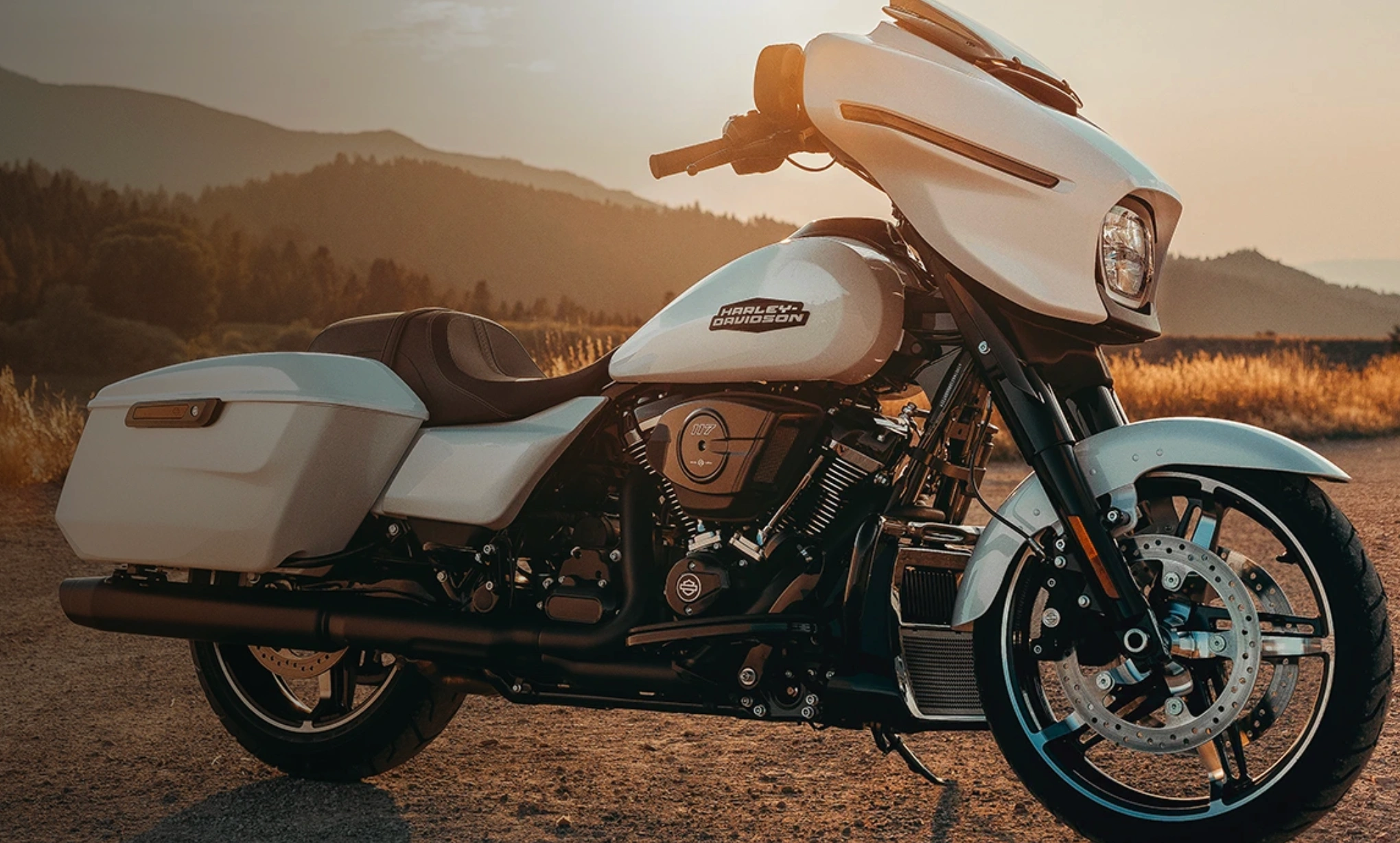
4) Product ladder + customization: make the bike yours
Harley’s range acts like a ladder: approachable entries → core cruisers/tourers → performance variants → factory customs. Factory parts, stage kits, bars, seats, paint, and luggage turn personalization into both revenue and retention: riders return to “finish the build” and show it to the chapter on Saturday. The experience is orchestrated end-to-end—fitment consultations on the sales floor, curated parts walls, and service-bay installs—so customization is seamless, premium, and on-brand (Harley-Davidson Accessories).
- Merchandising: bundle upgrades as named “build paths” tied to personas (tour, performance, heritage).
- CX loop: showroom consult → parts plan → install → H.O.G. ride → new ideas for the next upgrade.
5) Community building: H.O.G. as the heartbeat
The Harley Owners Group makes belonging operational. H.O.G. membership, local chapters, rides, rallies, pins/patches, and mileage programs turn community into an always-on channel that outlasts campaigns. In effect, Harley’s customers are its best media plan: stories shared at the dealership, at rallies, and online keep the brand alive between purchases and bring prospects into the fold. This is community building of Harley-Davidson at global scale—formal and measurable, yet personal at the chapter level (H.O.G.).
- Always-on touchpoints: chapter nights, dealership rides, charity events, touring challenges.
- Identity loop: recognition through badges, milestones, and exclusive moments.

6) Dealership theater: retail as brand embassy
Harley dealerships are designed for conversion and community. Coffee on weekends, demo fleets, open service bays, reveal nights, heritage walls, and fitment corners turn retail into a stage. Bikes are grouped by persona, with accessory “stories” placed for each family so a rider can visualize their build. Measured well—demo bookings, P&A attachment, event RSVPs—retail becomes an owned channel that keeps the Harley-Davidson brand story tactile (Harley-Davidson Event Calendar).
- Layout: stage touring, heritage, and sport with matching accessory vignettes.
- Metrics: prioritize demo-to-deposit and P&A attachment, not raw footfall.
7) Signature sensorials: design + sound as living IP
The low stance, hulking tank, and V-twin cadence function like trademarks. Harley’s content consistently leads with these sensorials—slow pans of metal, gloved hands, road dust, and the bar-and-shield seal—so recognition happens before words. Product briefs evolve performance and emissions while preserving line, proportion, and the “Harley note,” maintaining continuity that fans can hear from a block away.
- Content rule: win the first five seconds with look and sound; copy follows.
- Product rule: modernize propulsion and tech, protect silhouette and stance.
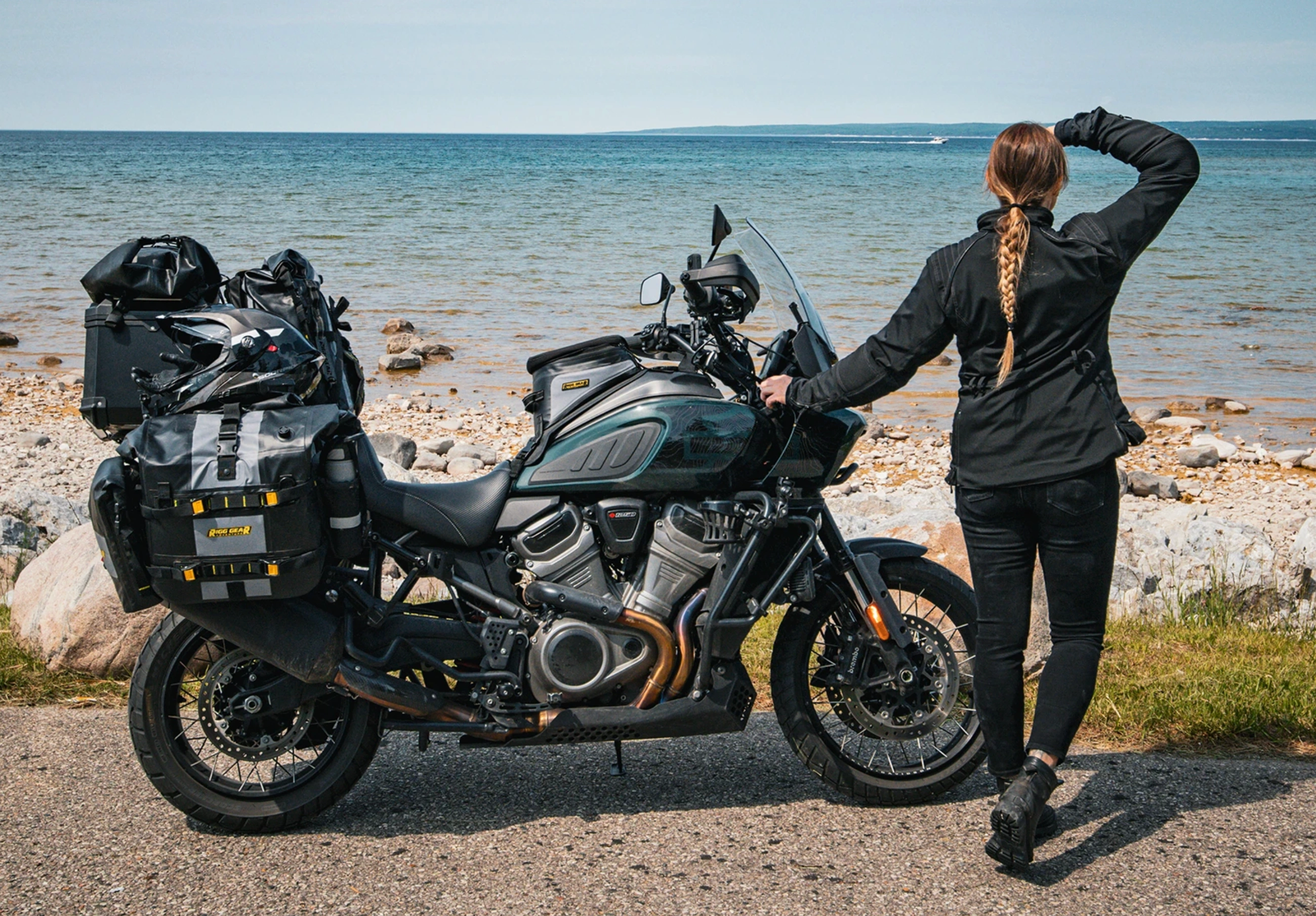
8) Lifestyle ecosystem: apparel, licensing, and media
Most days aren’t riding days—so Harley extends identity through apparel, helmets, collabs, and heritage capsules, keeping the brand “on-body” when the bike sits in the garage. Official content—ride films, owner spotlights, museum storytelling—projects the Harley-Davidson brand story to non-riders who may buy the look first and the bike later. The ecosystem deepens attachment and smooths the upgrade path when life, budget, or seasons change (Harley-Davidson Apparel & Gear).
- Collab filter: durability, craft, Americana—partners who reinforce the myth.
- Calendar: capsules tied to rallies, anniversaries, and key model launches.
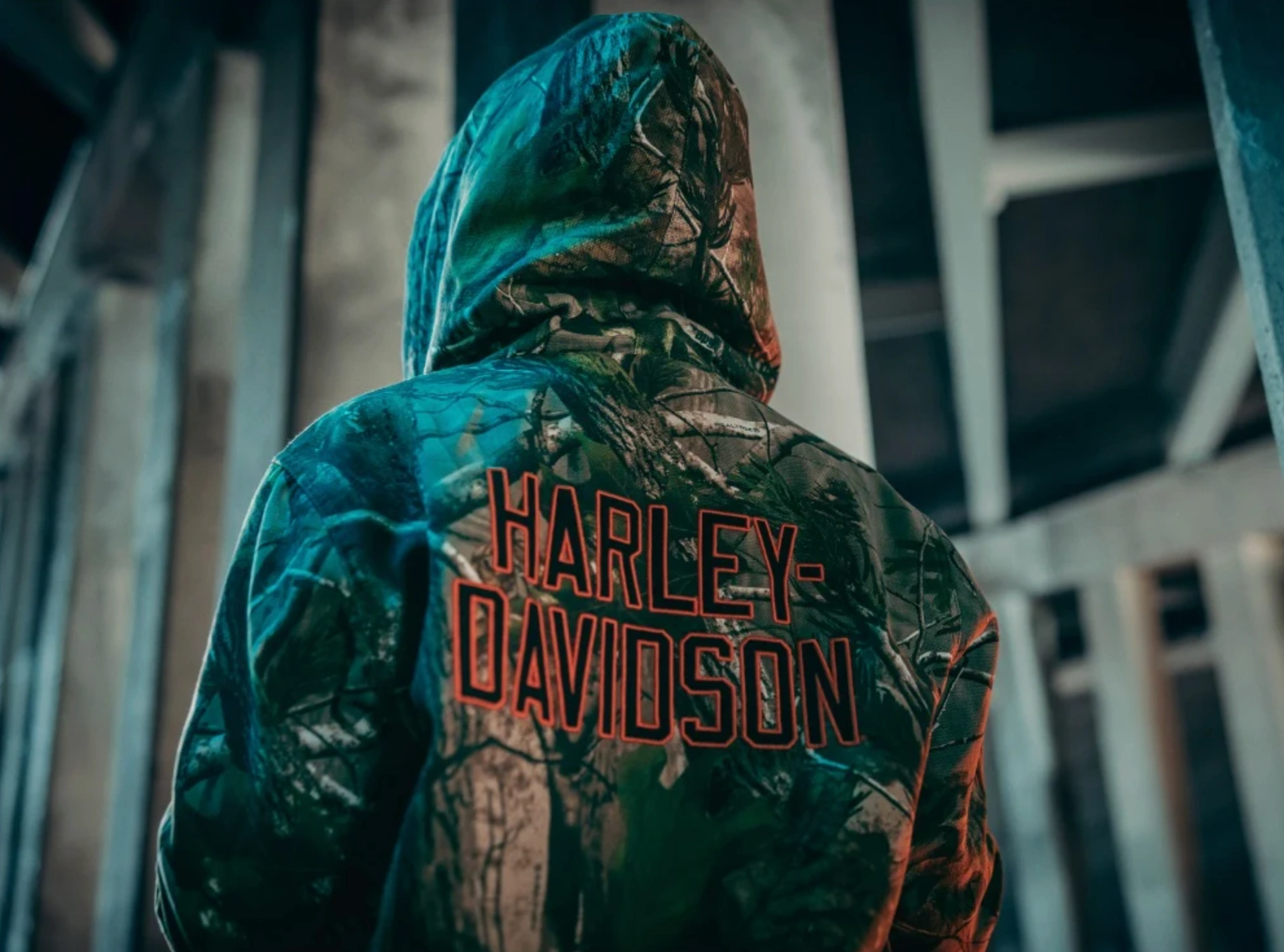
9) Events and rallies: pilgrimage marketing
From Sturgis and Daytona to factory Homecoming in Milwaukee, rallies collapse distance between owners, prospects, dealers, and HQ. Demo fleets, service pop-ups, and merch tents convert adrenaline into deposits; factory tours and museum exhibits turn heritage into tangible proof. Harley’s event calendar ensures the Harley-Davidson rise is refreshed each season with new stories and new riders (Harley-Davidson Event Calendar).
- Measure: demo-to-deposit conversion and P&A sales in the 30–60 days post-rally.
- Content: capture owner miles and stories on-site; publish recap reels per chapter.
10) Digital + CRM: analog soul, digital muscle
A heritage soul still needs modern pipes. Harley pairs cinematic social and owner UGC with first-party CRM: Riding Academy leads, saved-build reminders, service prompts, and personalized accessory offers. Official programs funnel riders from web to dealer to H.O.G., then keep the loop warm with owned channels—so the marketing strategy of Harley-Davidson feels present before, during, and after bike delivery (H.O.G.).
- Funnel: learn-to-ride → demo → deposit → delivery → accessory plan → H.O.G. invite.
- Signal to optimize: lifetime parts/service value often exceeds initial bike margin.
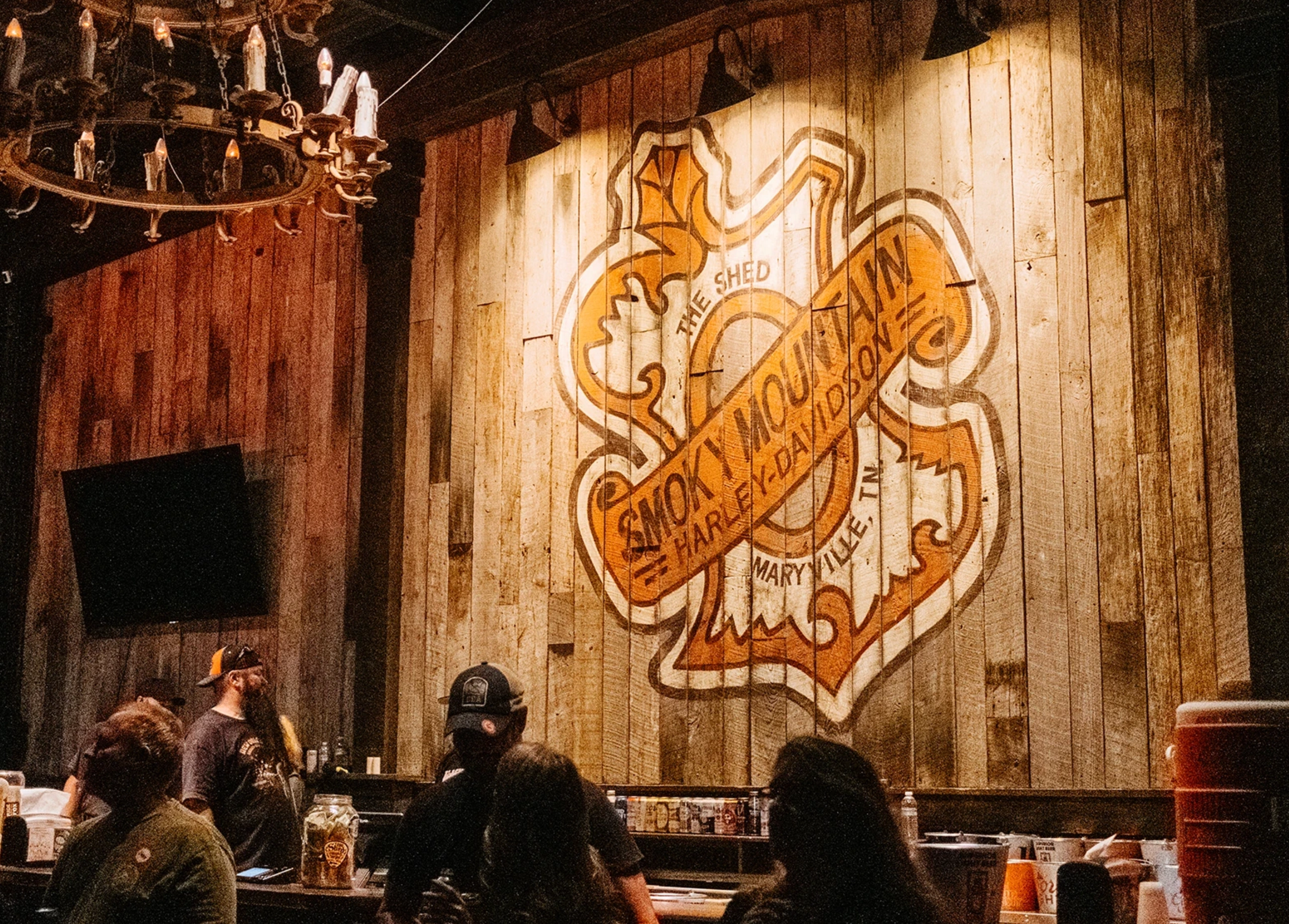
11) Pricing power and scarcity
Numbered editions and anniversary bikes harden pricing power; controlled supply supports residuals and desirability. Certified pre-owned brings riders into the ecosystem sooner—and keeps them there longer with upgrades and service. Scarcity here signals confidence: “You’re buying into something that lasts,” which is central to the Harley-Davidson brand story (Harley-Davidson 120th Anniversary).
- Launch rhythm: tease → reveal → dealer nights → owner previews (hierarchy of access).
- After-sales: CPO + accessories = value ladder that sustains pricing and loyalty.
FAQ
What is the core marketing strategy of Harley-Davidson?
Sell identity and community first, then metal—story, design, retail theater, and lifelong ownership loops (History, H.O.G.).
How does community building of Harley-Davidson drive sales?
H.O.G. chapters, rides, rallies, and dealer events create rituals that convert prospects and deepen loyalty between purchases (H.O.G. Benefits).
What makes the Harley-Davidson brand story effective?
A century-long narrative of freedom and craftsmanship that riders repeat in their own words—supported by museums, events, and design continuity (History).
What fueled the Harley-Davidson rise after its slump?
Quality focus, controlled distribution, scarcity, and renewed emphasis on culture and community—still visible in anniversaries and model launches (History Timeline, 120th Anniversary).
How does Harley balance heritage with innovation?
Protect signature look/sound while introducing rider on-ramps and new propulsion (e.g., LiveWire) under a premium, community-first promise (LiveWire).
Marketing the King of Motorcycles
The marketing strategy of Harley-Davidson is a repeatable system: legendary Harley-Davidson brand story, premium product theater, customization at scale, and global community programs that keep the myth alive. Those elements powered the original Harley-Davidson rise—and they still convert curiosity into culture, prospects into riders, and riders into lifelong members of a tribe that looks, sounds, and feels unmistakably Harley.

